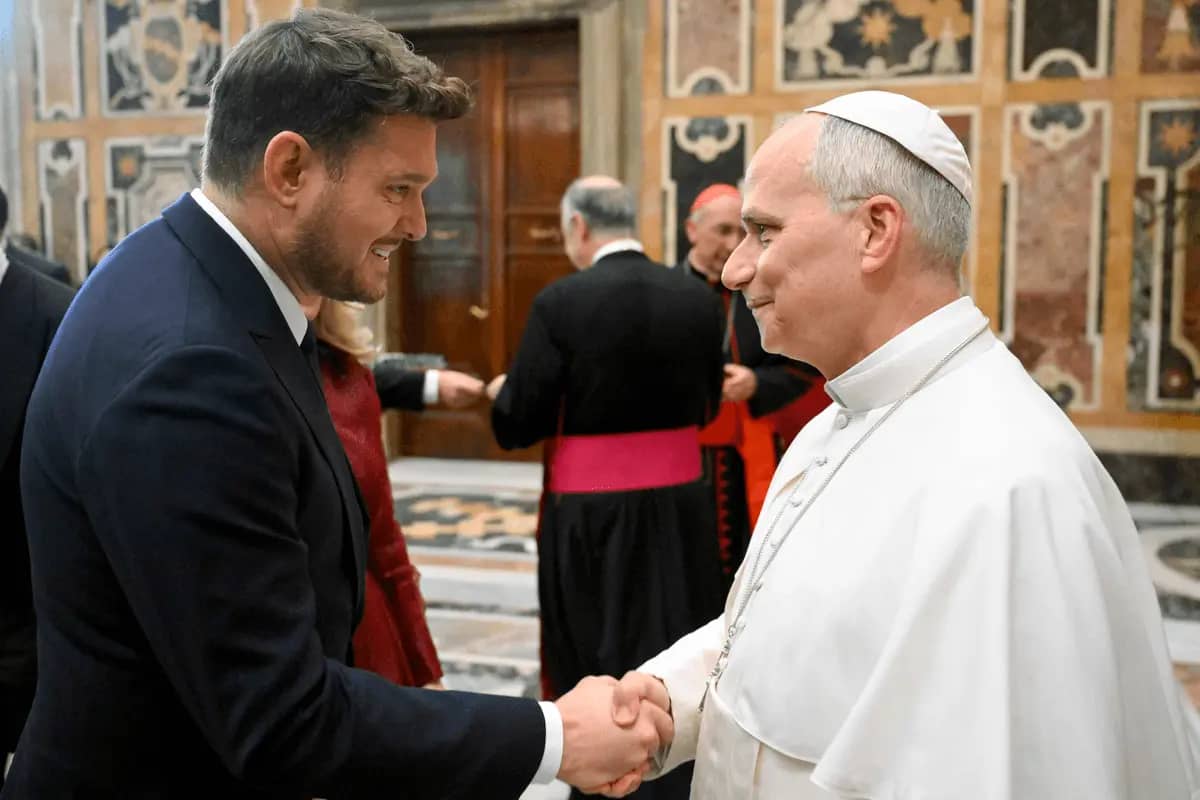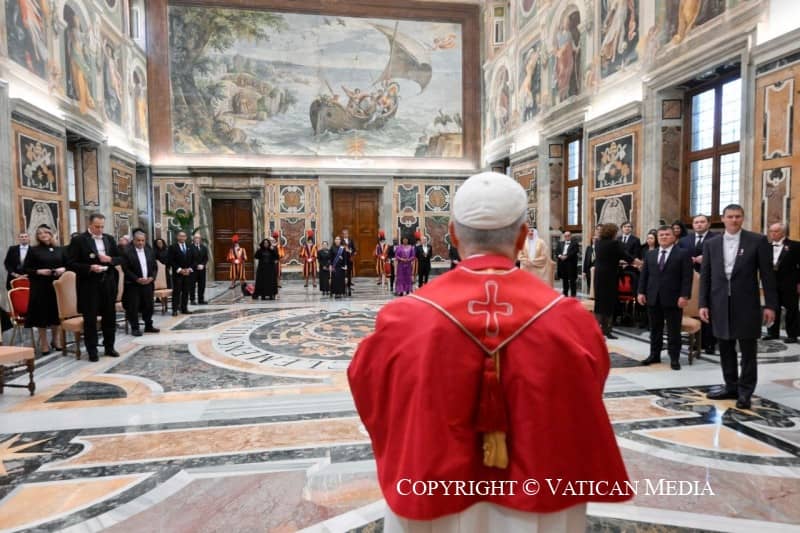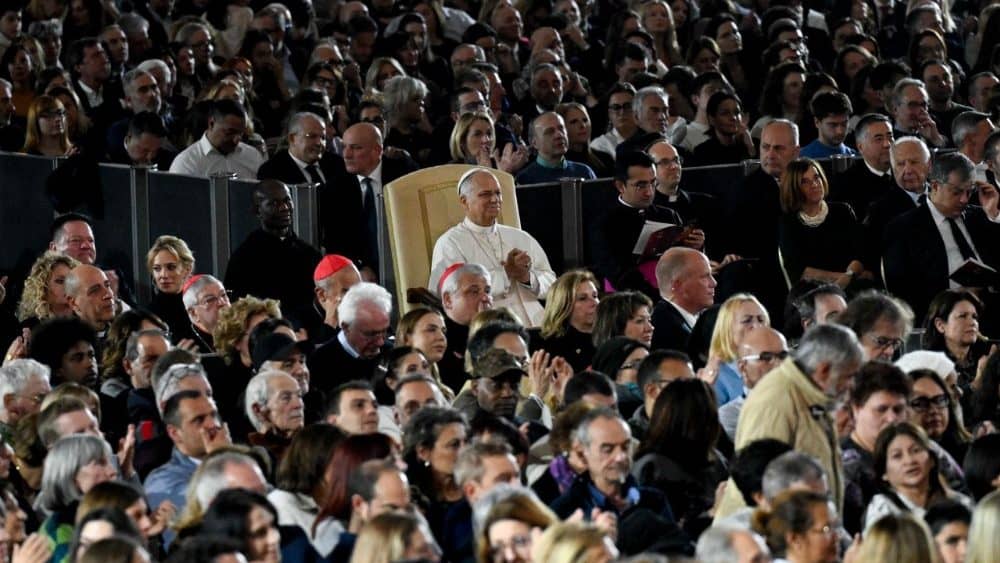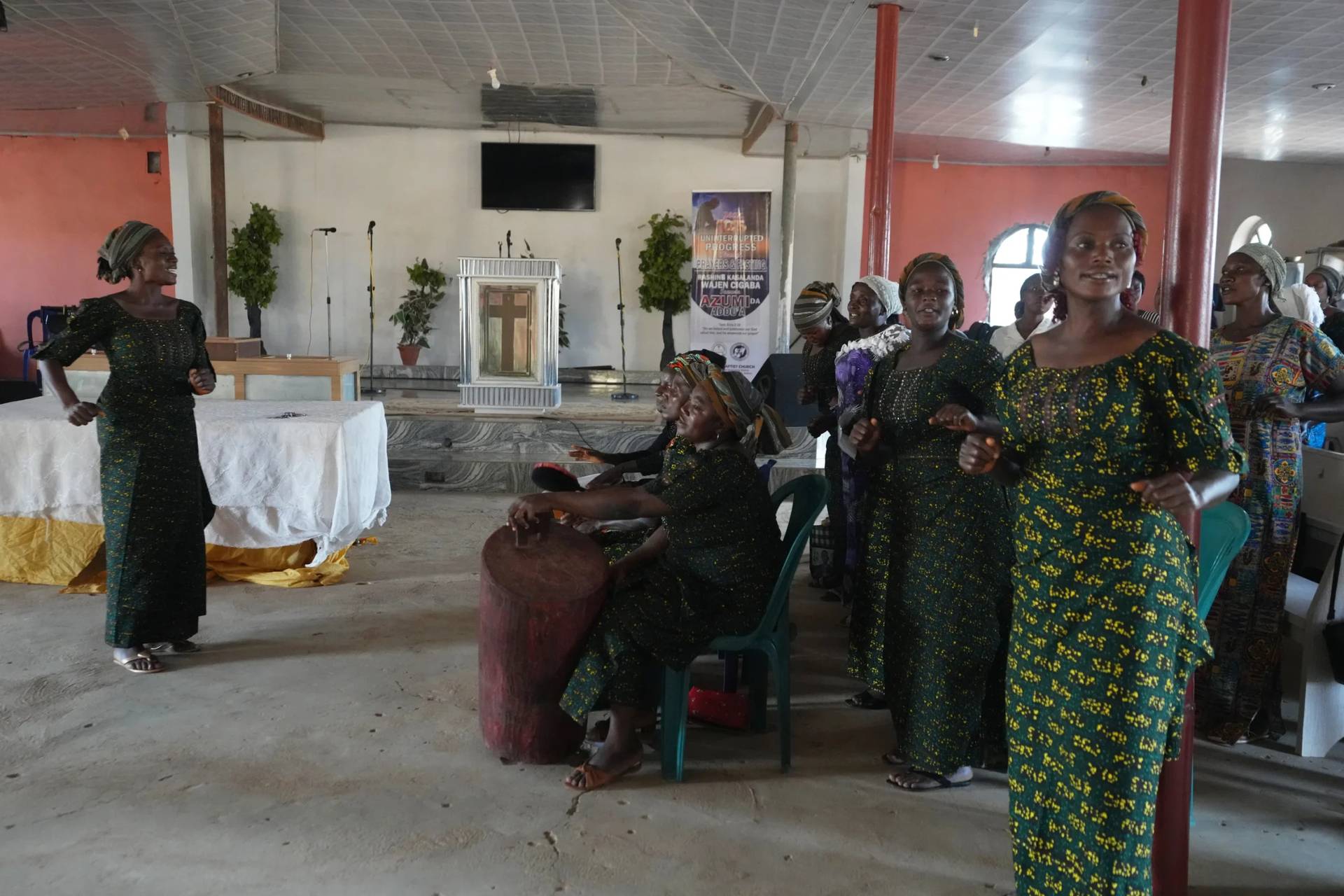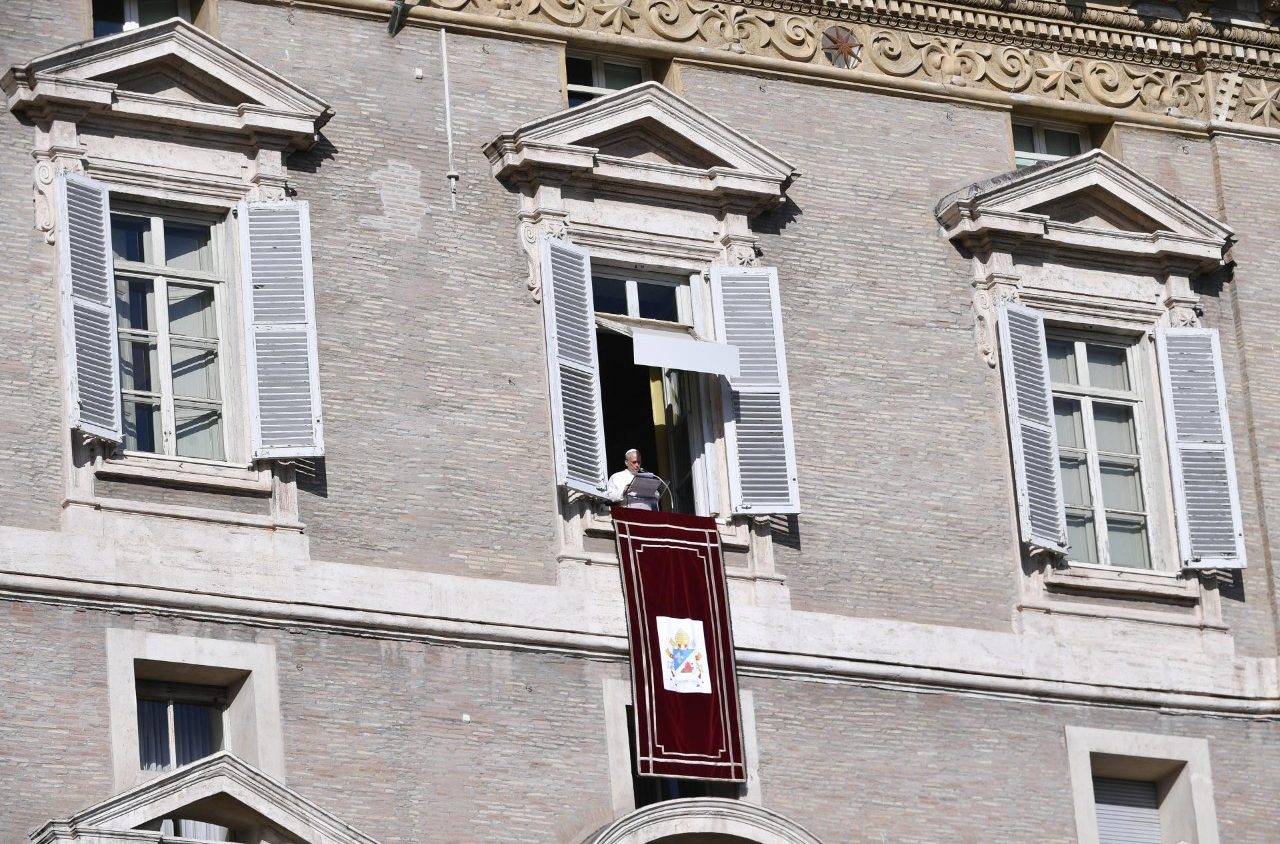ROME – Long before American stores stocked their windows for Halloween with skeletons and Jack-O-Lanterns, and supermarkets filled their aisles with all manner of spooky confections, Italians celebrated ‘All Hallows Eve’ quite differently.
Although Anglophone traditions of trick-or-treating and wearing scary costumes have never really existed in Italy, inhabitants of the boot-shaped peninsula long have believed that on this day the walls dividing the living and the dead grow thinner, and it’s customary to visit the tombs of lost loved ones.
Italians, it has to be said, have always been a superstitious bunch. Whether it’s horns dangling from rear-view windows to ward off the ‘Evil Eye,’ or age-old customs against bad luck, ghosts and demons are no laughing matter here. Dating back to the ancient Romans, the Eternal City always has been riddled with tales of haunted mansions, spirits in search of deadly revenge and even grisly murders.
One of the oldest of such “Halloweenesque” stories can be found at the very heart of the Vatican, buried beneath layers or ruins and dirt, where, for thousands of years, Romans have tread carefully in fear of the ‘Curse of St. Peter.’
Trepidation surrounding the holy site where, according to tradition, St. Peter is buried is such that in 1776, Italian Cardinal Stefano Borgia, a learned antiquarian and historian, wrote that “no one had dared to investigate, to dig or move something, nor to search for the remains of the Apostle’s body since the times of Constantine, when a basilica was erected over the tomb of Peter.”
The curse strikes under the baldachin
On June 29 of 1629, Gian Lorenzo Bernini, architect and sculptor to the popes, was looking down over the location in St. Peter’s at the spot where he would place his majestic bronze baldachin, supported by four helical columns resembling gold pleated vines stretching toward the basilica’s cupola.
That year, Pope Urban VIII had launched the project of creating a new St. Peter’s Basilica, that would substitute the old and dated one with newer, Baroque-inspired art. He had instructed the architect that the baldachin should be placed above the tomb of the saint, to symbolize the spiritual and physical connection to the seat of Peter.
Bernini, having measured and calculated the positioning of the pillars, told his men to knock down the walls and the floor underneath to make space for his imposing – and heavy – structure. About 70 feet underground, the workers stumbled across a large number of sepulchers and tombs. This was nothing new in Rome, where one only needs to scratch the surface of the ground to find some ancient artifact or relic, but still the digging was interrupted.
The Vicar of the Basilica, Bishop Angelo Georio, and the High Sacristan, Monsignor Mario Bovio, hurried to the site in order to establish the nature and origin of the burials.
On July 10, architect Nicolò Alamanni was overseeing the excavation and, possibly eager to resume construction, opened the sarcophagi and looked at the bodies within, establishing that the tombs were probably not of saints and probably not even of clergy.
He ordered that they be destroyed and that the work continue, thus, according to superstition, sealing his fate.
The next day he grew violently ill, and, on July 14, his condition worsened, and he died. An anonymous document from the period titled, “Report of what occurred while digging the foundation for the four bronze columns erected by Urban VIII at the altar of St. Peter’s Basilica,” tells us that initially, no one was too concerned about Alamanni’s untimely death.
“There was no lack of natural explanations that could account for this incident, without attributing it to a miracle,” the detailed document reads. “Alamanni had changed the manner and custom of his life during that summer, [and] he had tired in certain cemeteries during uncomfortable weather and hours, since some bodies of saints had to be sent to Spain.”
Anxiety grew, however, when the chaplain to the pope – the document adds, an “intimate friend and perhaps relative and confidant” – Father Francesco Schiaderio, also grew terribly sick, followed by his scribe, known by the name of Bartolomeo, who died of “an extraordinary sort of illness.” Matters were made worse when one of Schiaderio’s servants was found guilty of murder, which was the last straw for the already paranoid Roman populace.
“These incidents caused great alteration in the souls of many,” our historical source tells us, “seeming that these new examples confirmed the old ones.”
Panic spread further when news of the pope himself being ill began to circulate in the capital. No one felt safe anymore, whether they were cleric or layman, and even priests who had lauded Urban VIII’s effort to renew the Basilica now muttered words of sacrilege and irreverence, wishing he’d call a halt.
Georio remembered an old document, a letter written by no other than Pope Gregory I, known as “the Great,” who, in medieval times, had warned against bothering the holy resting places of the saints, and Georio distributed it to scholars and historians to interpret its meaning in light of the spate of unexplained deaths.
“No one spoke of anything other than the letter of Saint Gregory, which those days was equally on the hands and tongues of the learned and the ignorant,” the anonymous report said.
Earlier roots: The pope and the empress
The ‘Curse of St. Peter’ finds its origin more than a thousand years before the deaths surrounding Bernini’s excavation, and may originally have been an odd expression of the tension between Rome and Byzantium, meaning Western and Eastern Christianity.
Around 600 A.D., the Empress of Byzantium wrote to Pope Gregory I to ask that he send her the relics of Sts. Peter and Paul so that they may be revered by the Oriental Church. The pope, who had no intention of giving away such important symbols, answered with a lengthy letter explaining how the tombs were protected by an ancient curse, which allowed no one to approach them or attempt to move their contents.
“In Rome, and in all the West, it would be a completely intolerable and sacrilegious thing to touch the body of the two saints,” Gregory wrote. He said that his predecessor Pelagius II, in an attempt to change the bronze plate protecting the body of the saint, saw a terrifying signum (Latin for omen). The pope added that he had also ordered some modification on the tomb of the saints, and relayed that the man he placed in charge of the work also witnessed tristibus signis (sad omens) upon opening the tombs, and had died shortly after.
Gregory explained that unlike the Greek custom, Romans did not touch the relics of saint, rather they opted for shrouds (brandea) that were placed near the bodies and by virtue of proximity acquired the miraculous powers of the relic.
This tradition still exists today. At the death of St. Pope John Paul II, for instance, small fragments of clothing worn by the Polish saint were handed out as relics to the faithful.
Thus, having terrified the empress sufficiently, Gregory I saved the relics of the saints in the city of Rome. What he may not have known, however, is that he also terrified Romans for hundreds of years to come.
All the way to 1939
Back in the 16th century, builders working on Urban’s renewal project refused to resume digging following the death of Alamanni and the others, fearing they would be next. Urban VIII himself, having restored his own health, had to visit the site personally to incite them to get back to work, if for no other reason than not to leave the tombs defiled and opened.
The pope made sure no one touched the relics of the saints, and oversaw the proceedings with prayers and intentions. Finally digging was completed and Bernini could finish his masterpiece, which still awes visitors to St. Peter’s Basilica today.
The fear of the ‘Curse of St. Peter’ was still around on June 29, 1939, when Pope Pius XII ordered the pavement of the Vatican Grottos be lowered. During those excavations, which lasted for the better part of 10 years, Margherita Guarducci and a team of archeologists finally identified the likely tomb of the Apostle Peter.
The late 1930s was a time of scientific progress, when many ancient superstitions were left behind, yet the ominous events that took place in 1939 led some at the time to believe that the curse of St. Peter lived on.
After all, in that year, Hitler and Mussolini signed their “Pact of Steel,” cementing the fascist partnership in the Second World War, and in the basement of Columbia University, Italian scientist Enrico Fermi – having successfully concluded the first nuclear fission experiment – was inching toward the creation of the most lethal weapon ever devised.
Halloween thus may signify cute costumes, free candy and good times for most Americans. In Rome, however, which is never a place to take time-honored superstitions lightly, it can have a very different vibe, and that includes the Vatican and its own famous curse – a curse ratified by one pope, and experienced, as the legend has it, by others.






